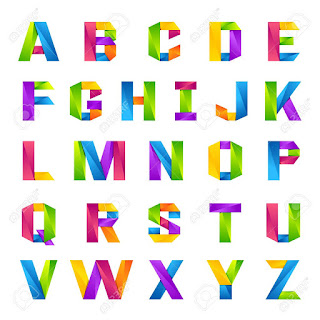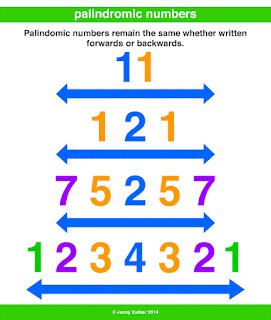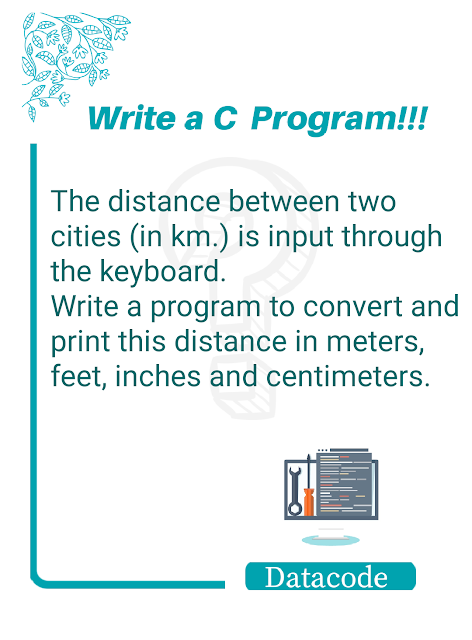Factorial Number
FACTORIAL NUMBER The factorial of a positive integer n , denoted by n ! , is the product of all positive integers less than or equal to n . For example, {\displaystyle 5!=5\times 4\times 3\times 2\times 1=120\,.} The value of 0! is 1, according to the convention for an empty product Mathematically, the formula for the factorial is as follows. If n is an integer greater than or equal to 1, then n ! = n ( n - 1)( n - 2)( n - 3) ... (3)(2)(1) If p = 0, then p ! = 1 by convention. We can easily calculate a factorial from the previous one: As a table: n n! 1 1 1 1 2 2 × 1 = 2 × 1! = 2 3 3 × 2 × 1 = 3 × 2! = 6 4 4 × 3 × 2 × 1 = 4 × 3! = 24 5 5 × 4 × 3 × 2 × 1 = 5 × 4! = 120 6 etc etc C Program for Factorial of a Number #include <stdio.h> int main () { int n ...





